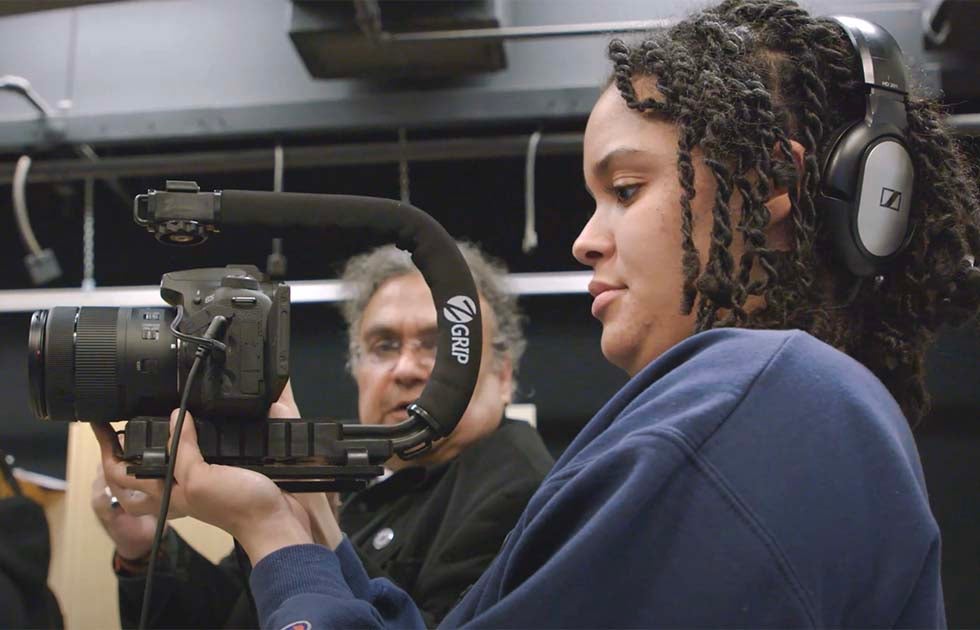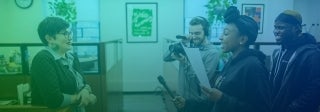
Projects
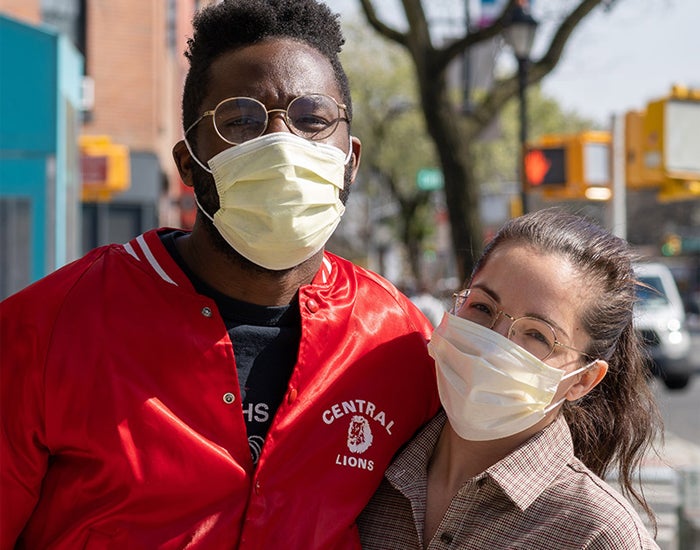
Message Effects Lab
Together with the Perelman School of Medicine, the Annenberg School is pleased to support the work of the newly-formed Message Effects Lab (MEL). Because many well-intentioned health messages have no effect or even backfire by decreasing healthy behavior, MEL uses evidence to identify the most promising messages for behavior change interventions. The lab is currently applying its skills to understand the most effective ways to promote health messages during the COVID-19 pandemic.
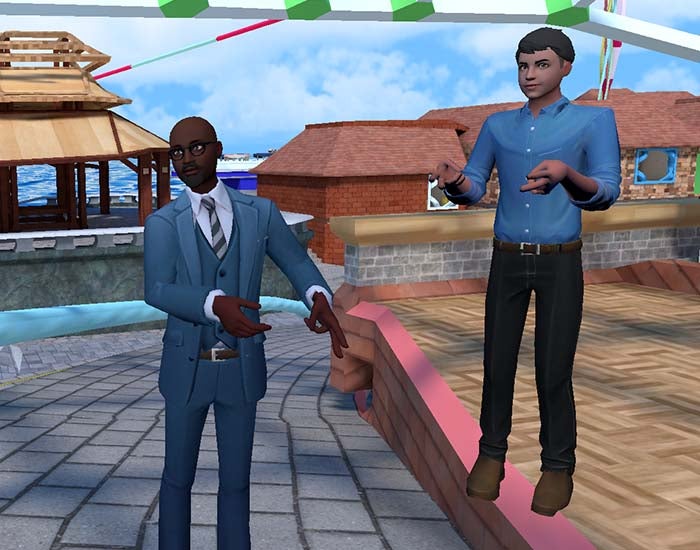
Annenberg Virtual Reality ColLABorative
The Annenberg Virtual Reality ColLABorative supports critical and interdisciplinary exploration and theory building around virtual, augmented and mixed reality technologies (collectively known as extended reality or XR).
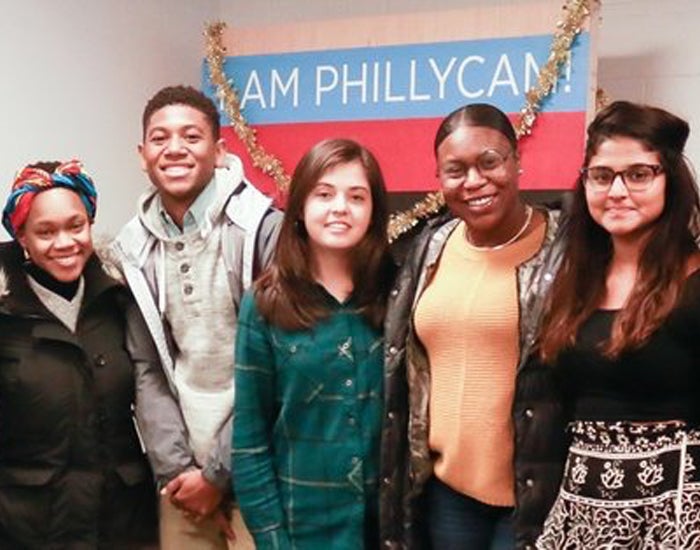
CAMRA Mellon Fellowship Program
The fundamental objective of the CAMRA Mellon Fellowship Program is to increase the national pipeline of undergraduate students who complete Ph.D.’s in core fields that engage with both the theoretical and practical underpinnings of multimedia research, interrogating the politics of representation and power at play in visual scholarship, and harnessing the potential of visual methods to democratize the production of knowledge in academic spaces. Through a three-year pipeline, the program aims to reduce the serious underrepresentation on college and university faculties of individuals from under-represented groups pursuing Ph.D.’s, as well as to address the attendant educational consequences of these disparities.
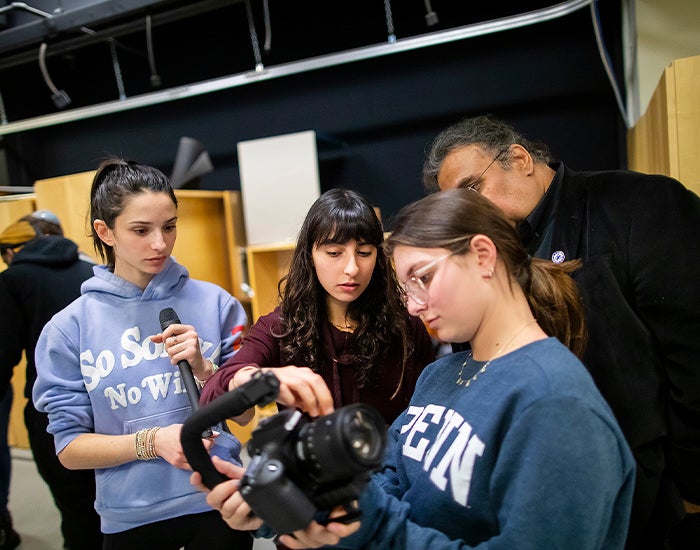
CAMRA
CAMRA (Collective for Advancing Multimodal Research Arts) is a student collective across several schools at Penn that fosters interdisciplinary collaborations amongst scholars, sensory ethnographers, artists, and educators within and beyond the University of Pennsylvania to explore, practice, evaluate, and teach about multimedia research and representation.
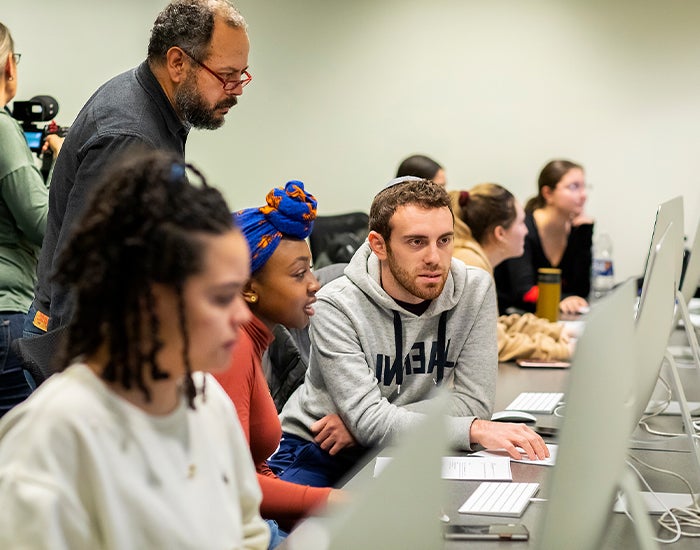
HBO
The seminal work of the HBO project, which began in 2013, is a video archive and oral history of former HBO executives, which highlights their experiences building the iconic and transformative media brand. Interviews were filmed by CAMRA students, under the guidance of leadership of ASC alumnus Howard Burkat. The HBO project was reprised in 2019 to create a documentary film from the existing footage and offer a lab-based undergraduate course using the interviews as source material and inspiration. Dean Jackson and Amit Das, Senior Fellow at GSE and Head of Creative and Programming for the CAMRA Fellows program, co-taught the course in 2020, and the ASC Media Lab offered extensive technical and production support for the class, in which undergraduate students, including the CAMRA Fellows cohort, were able to hone their burgeoning multimodal skills and sensibilities.
HBO on Video
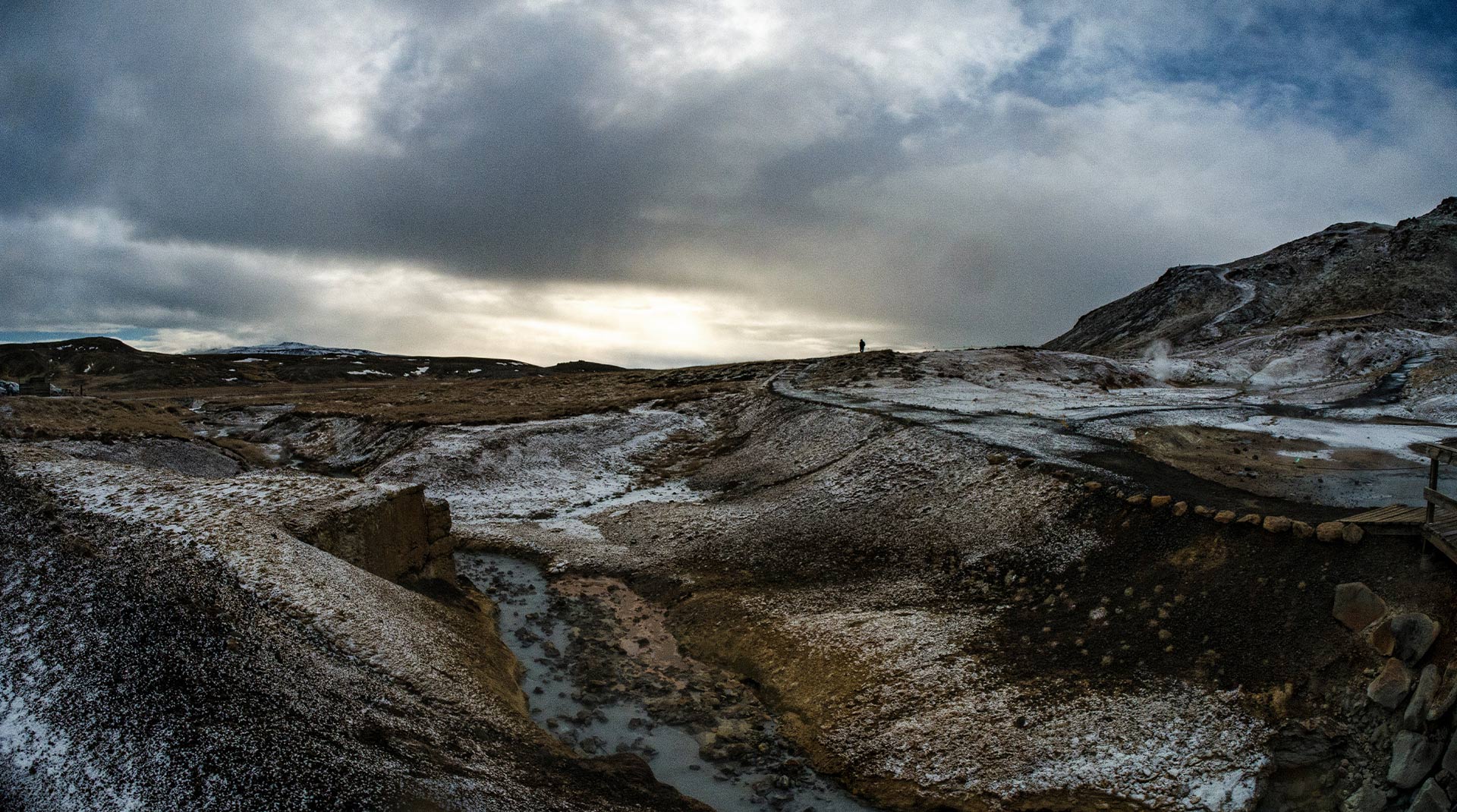
Doctoral Student Projects
Zane Talley Cooper and Natalie Herbert are two doctoral students who recently realized ambitious and divergent multimodal research projects that incorporate immersive technology.
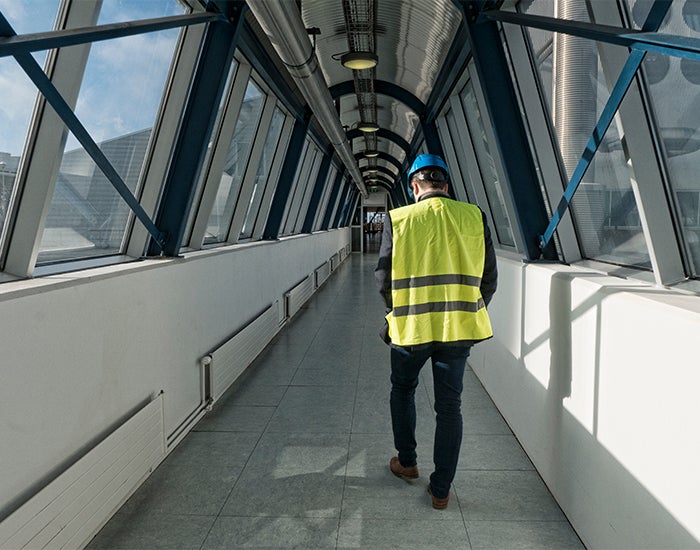
Doctoral Student Project: Alchemical Infrastructures
Zane’s first VR short film, “Alchemical Infrastructures: Making Blockchain in Iceland,” is a multi-sited ethnographic study of the blockchain industry in Iceland and the ecology of nuanced relationships that work to maintain it. It was part of a multimedia exhibit at the Annenberg School for Communication, where it was on display from September 2019 through May 2020. The exhibit was displayed virtually at the Association of Internet Researchers annual conference in October 2020, and pieces from the exhibit have been commissioned for a larger exhibition of extraction art called “Extraction at the Edge of the Abyss,” which will run from July-September 2021 at the Supercollider Gallery in Los Angeles.
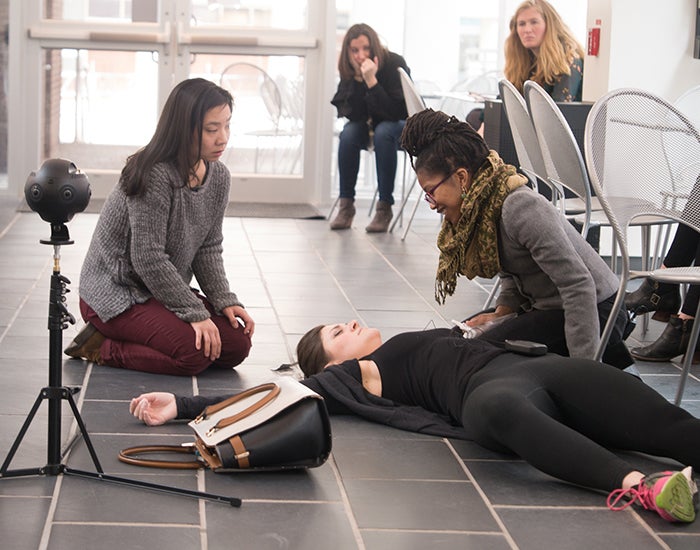
Doctoral Student Project: Narcan
Together with an interdisciplinary team of researchers from across the University, Natalie developed a virtual reality immersive video training designed to teach users how to administer Narcan, a prescription drug used to reverse opioid overdoses Their new study — published recently in Drug and Alcohol Prevention — shows that the VR training is just as effective as an in-person training at giving the public both the knowledge and the confidence they need to administer naloxone and save lives.

